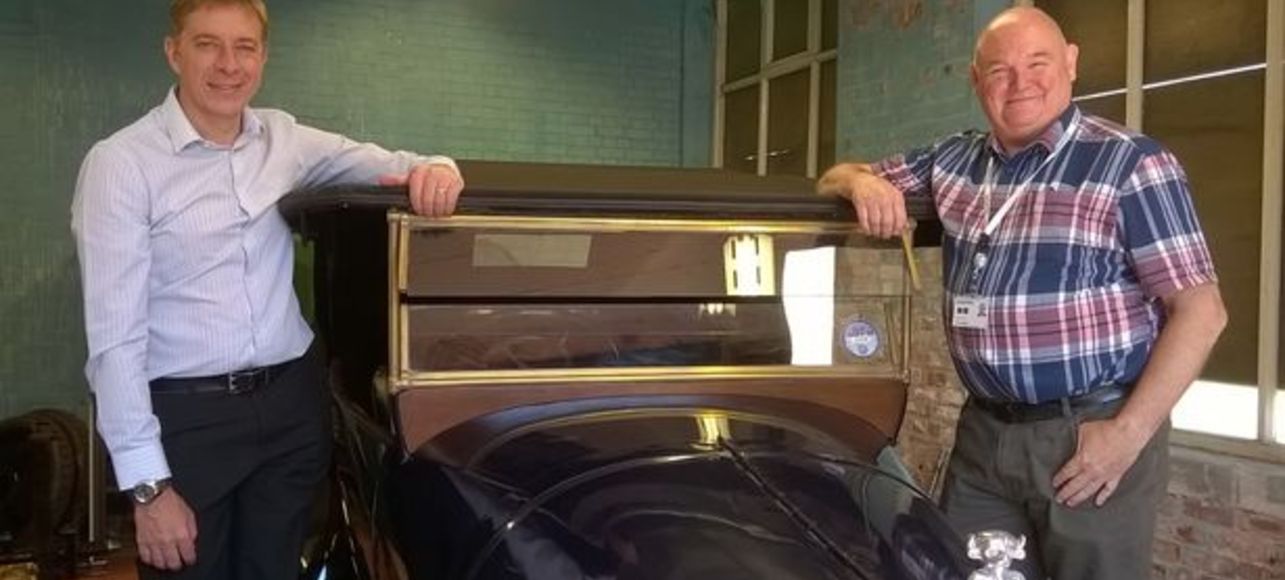Lincoln has a strong connection to the car industry, with manufacturers Ruston developing vehicles from 1918 to 1966. In the company’s heyday, the cars that were produced cost almost as much as a Rolls-Royce. Ruston’s downfall came because it didn’t employ the same mass production methods as other manufacturers like Ford. Very few Rustons exist today, but that hasn’t stopped engineers from wanting to restore them.
Siemens took over the Ruston plant and inherited two cars, which are now being restored to their former glory. The cars have been named Gin and Tonic.
Retired commercial director of Siemens Lincoln Steve Wildman explained why Ruston wasn’t able to last. “They were used to selling to government agencies and embassies, not directly to customers. Unlike other British car manufacturers, they failed to adopt the sort of mass production methods that Ford employed and their cars were expensive. A Model T Ford might have cost £100 and a Rolls-Royce £600. A Ruston & Hornsby car would cost £400 for the chassis alone and then customers would pay a further £75 for their choice of body.”
Siemens are determined to make Gin and Tonic roadworthy again. Gin is a 1920 Ruston Model A1 with a 2.6-litre Dorman engine that was bought in 1966. The car was purchased from a private collection in Scotland and restored by several apprentices. Tonic, a 1923 Model B2, comes with a 3.3-litre engine and was originally shipped to Australia. It was shipped back to the UK by Geoffrey de Freitas, the MP for Lincoln.
Tonic was a wreck, so De Freitas arranged for the car to be restored using parts from another Ruston sourced in Devon. The project has been continued into the modern day. The restoration has taken so long because there have been no blueprints for the parts, so they’ve needed to be specially made. 3D printing is being used to generate a new steering box and replacement hood ornament. It’s been estimated Tonic will be on the road again in two years’ time.
Gin has been restored and will appear at several classic car events to encourage young people to consider engineering careers. Wildman added “working on these vehicles is stop/start and none of the spanners fit. But what’s joyous is that we are working with them in the very same factory in which they were originally built 100 years ago.”



